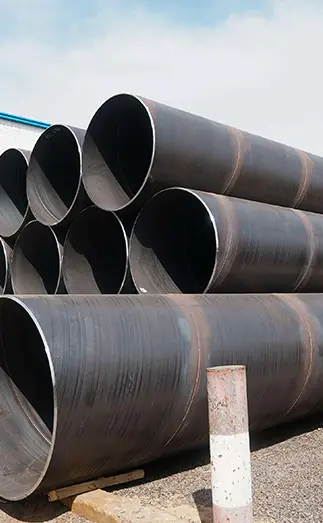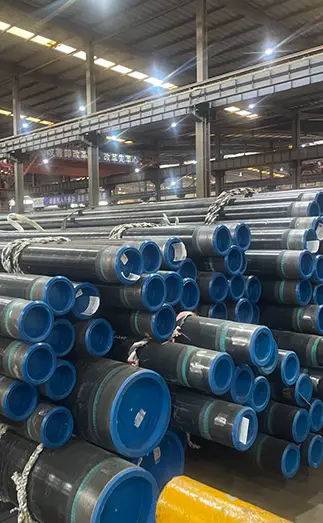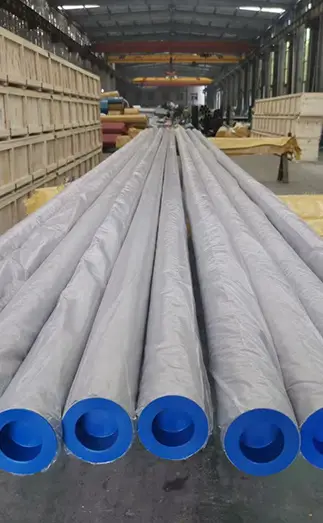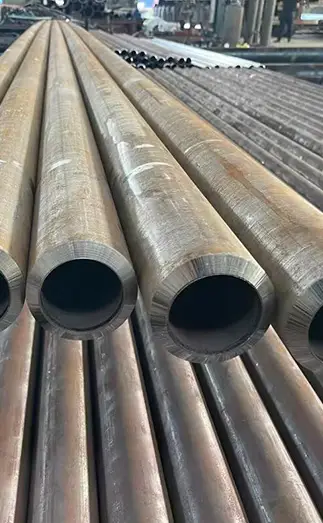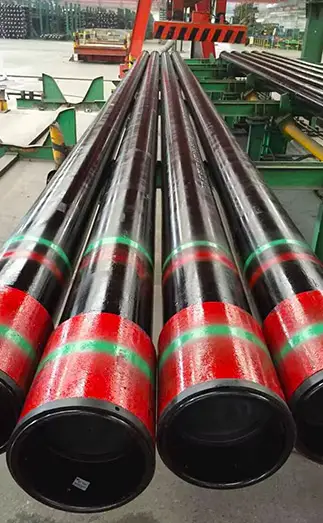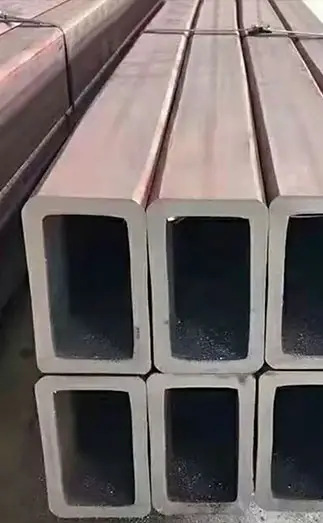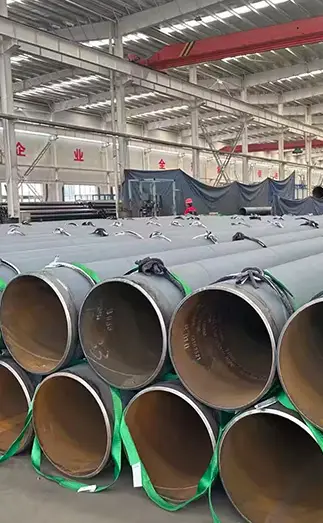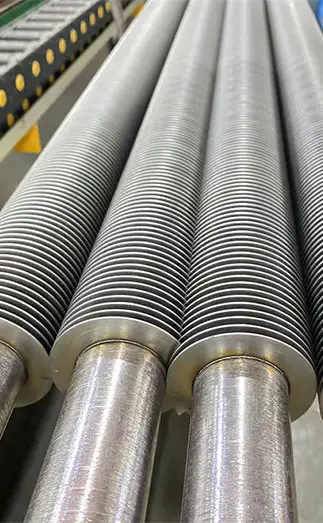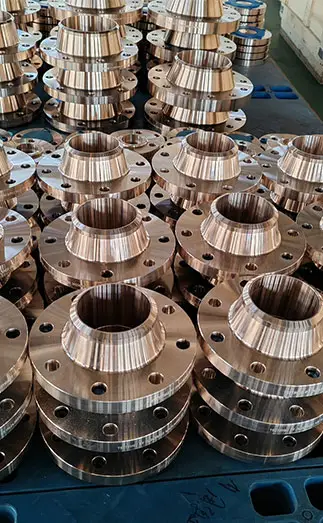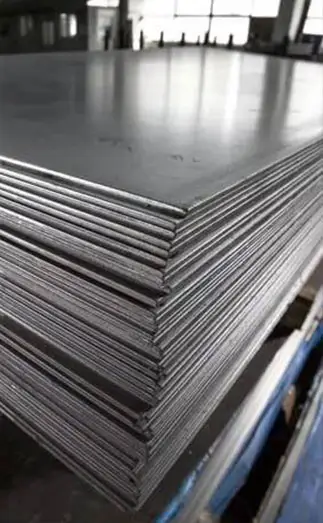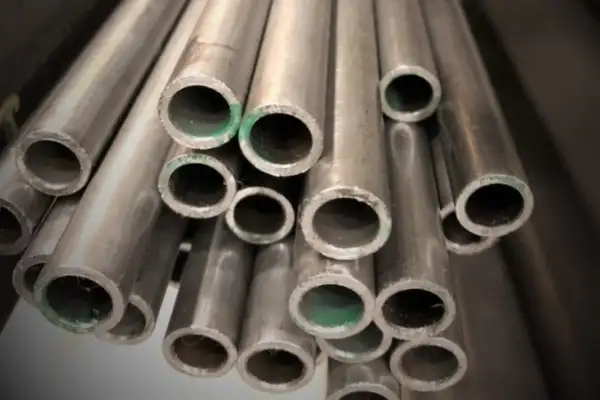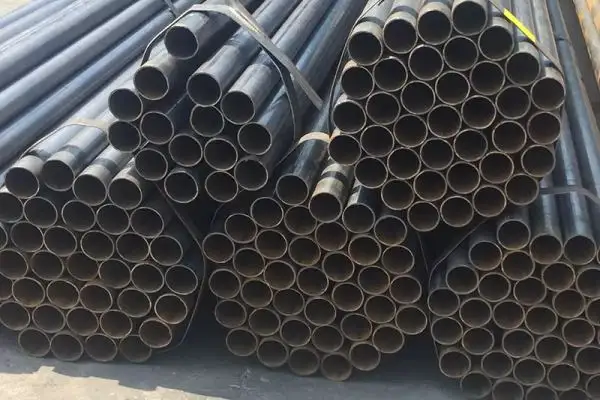Seamless carbon steel pipe is a widely used steel product across many industries, and understanding its density is essential for proper selection and application.
Super Steel Manufacturing Co.,Ltd is professional steel pipe manufacturer, for more details, please contact:sales@super-steels.com
What is the Density of Seamless Carbon Steel Pipe?
Density is defined as the ratio of mass to volume, usually expressed in grams per cubic centimeter (g/cm³). In steel manufacturing, it refers to the amount of steel per unit volume. The density of seamless carbon steel pipe varies depending on its chemical composition and internal structure.
Why Density Matters
Material Selection
Density directly affects the weight of the pipe, influencing transportation costs and installation difficulty. For applications requiring lighter materials, lower-density carbon steel may be preferred.
Structural Design
In construction and engineering, density is linked to load-bearing capacity and stability. Higher-density pipes generally offer greater strength and durability, making them suitable for high-pressure or heavy-load environments.
Performance Prediction
Density is closely related to strength, stiffness, and resistance to extreme conditions. Knowing the density allows engineers to predict pipe performance in high/low temperatures and high-pressure operations.
Methods of Measuring Density of Seamless Carbon Steel Pipe
Experimental Measurement
Techniques such as the water immersion method (based on buoyancy in water) and gas displacement method can provide accurate density values.
Theoretical Calculation
By analyzing the chemical composition and crystal structure, engineers can estimate density, which is useful in early design and material selection stages.
Factors Influencing Density of Seamless Carbon Steel Pipe
Material Composition
Higher carbon content generally increases density, while alloying elements may alter it.
Crystal Structure
The compactness and stability of the steel lattice affect overall density.
Processing Techniques
Manufacturing processes such as rolling, stretching, and cold working can cause minor density variations.
Practical Applications
Oil & Gas Pipelines
Density helps determine pipe suitability for high-pressure, high-temperature environments.
Construction
Used in structural components like columns and trusses, where stability and strength are critical.
Automotive Manufacturing
Applied in frames and chassis, where density considerations balance strength with fuel efficiency.
Conclusion
Density is a fundamental property that directly influences the weight, strength, and performance of seamless carbon steel pipes. By understanding and applying this parameter, engineers and designers can make informed decisions that optimize safety, efficiency, and reliability in industries ranging from energy and construction to transportation.



 English
English Español
Español Français
Français بالعربية
بالعربية